Fresh herbs are a game changer in the kitchen. They can transform a dish in a way that dry herbs simply can’t. Think of them as a secret power play. Each one can take a bite from great to spectacular.
That said, they can seem daunting. Fear not! Once you get the knack for it, there is no turning back. Here are some general tips for fresh herbs:
- Fresh herbs are all about the oils. They carry them in their leaves and some cases, their stems. These oils are concentrated so the biggest rule of thumb is: a little goes a long way.
- When shopping for herbs, look for leaves that are perky with little to no brown spots.
- To store herbs at home, snip the roots a touch, wrap them loosely in a slightly damp paper towel, throw them in a Ziploc with a bit of air, and pop them in the crisping drawer. They will last much longer trust me.
Now that that’s out of the way, let’s talk about the different kinds of fresh herbs. Get familiar with them and you will off to the races in no time.
Here are some basics for the most commonly seen fresh herbs:
Basil
I have a love affair with basil. It is a standout and comes in many different varieties. The most commonly seen is sweet basil. The leaves have a subtle sweetness with hints of licorice and clove.
PRO TIP: If you are going to garnish a dish with basil, be sure to do it just before you serve so the leaves don’t wilt or bruise.
To use it, gently pluck the leaves from the stem. Basil is an easy way to amp up a sandwich, create a more complex tomato sauce, or brighten a slice of your favorite pizza.
Recipes that use basil:
Mint
My grandmother had loads of mint growing in her backyard when I was a kid. And to this day, it still reminds me of summer. It is super versatile and can easily be used in sweet and savory dishes.
PRO TIP: To help mint releases its oils, gently tap the leaves or bunch of mint on the back of your hand to “wake” the leaves up before you use them.
You will most likely see peppermint or spearmint at your grocery store. Peppermint has a more pronounced mint flavor than sweeter spearmint. Both are delicious tossed with fresh fruits, in your favorite salad, or made into pestos to accompany grilled meats.
Recipes that use mint:
Oregano
I’ll admit it, I associate oregano with pizza, but the truth is it has so much more to offer. Closely related to the mint family and native to the Mediterranean, oregano has a slightly bitter, robust, and woodsy flavor.
PRO TIP: Oregano goes with just about any tomato-based dish. The sweetness and acidity of the tomato balance out the oregano’s strong flavor.
Throw some into a marinade for chicken, chop it up and add it to your favorite bread dough, or add it to a soup to give it a little more wow.
Recipes that use oregano:
Rosemary
Rosemary’s distinctive in look and flavor (bittersweet pine and citrus) make it one of my all time favorites. It can be used stem and all or you can remove the leaves.
PRO TIP: To get the leaves off easily, hold the stem in one hand and use the fingertips of your other hand to slide down the stem against the grain. This gently and swiftly pulls the leaves away.
Try some on your potatoes in the oven while they are roasting or throw the whole stem into a soup or a pot of beans. If you are feeling ambitious, tie a few sprigs together to create a brush and use it to brush your steak, fish, or pork on the grill.
Recipes that use rosemary:
Thyme
Time to get serious about thyme. Thyme comes in dozens of varieties, each with their own unique flavor. Most often, what is in the grocery store is French thyme.
PRO TIP: If a recipe calls for a sprig of thyme, throw the whole thing in. The leaves will fall off during the cook and you simply need to fish out the stem before you serve.
It has an earthy somewhat dusty (yes, it’s a thing) flavor with hints of citrus and mint. It is great fresh off the stem in salad dressings, as a quick garnish, or tucked into your favorite protein to flavor it from the inside out.
Recipes that use thyme:
Parsley
Parsley is no longer just a garnish for plates. Both curly parsley and flat leaf (aka Italian) parsley can be used to cook with and both offer up the same general flavor – grassy and almost lemony.
PRO TIP: 9 times out of 10 you will only be using the leaves of the parsley. Only take off as many as you need for that recipe and the rest will last longer.
It is a workhorse. While on its own, it isn’t the most dazzling of the herbs, parsley can lift up a dish like no other. Try it in chimichurri, or a garnish on your favorite soup, or even tossed with pasta.
Recipes that use parsley:
Dill
Dill is an anomaly. It’s part of the carrot family (surprise!), but it tastes like a mix between celery, anise, and fennel. While the stems can be used, I prefer to pick the fronds from the stem for a more tender bite.
It is typically sold in large bunches which is great because it can be used so many ways. Have some veggies in the fridge you don’t know what to do with? Try using the dill to make pickles.
PRO TIP: Dill is one of the few fresh herbs that can be used with reckless abandon without overpowering a recipe. Have at it!
Looking to make a potato salad? Chop some dill up and toss it into the mix to liven it up. Making an omelet for breakfast? Throw some dill in with other veggies for a great way to start the day.
Recipes that use dill:
Sage
Let’s not pigeonhole sage as a fall spice saved for Thanksgiving stuffing. It has so much more to give. Sage’s soft fuzzy leaves are incredibly earthy, citrusy, and peppery.
PRO TIP: In most cases, sage is not eaten raw. You will most likely add it to the dish right before it is finished.
As with most herbs, be careful how much you are adding to a dish as it can completely overwhelm a dish. It pairs well with fatty meats, is amazing tucked into a grilled cheese sandwich, and beautiful when added to a sauce with pasta.
Recipes that use sage:
Cilantro
Cilantro certainly causes a commotion. Some folks taste soap while others experience heaven in each bite. I fall into the second camp and enjoy it every which way I can – especially on a taco.
PRO TIP: Cilantro can be covered in a bit of grit from the soil and/or sand it was grown in. To get rid of it, fill a bowl with cold water, drop the cilantro in, and give it a swirl. This will allow those unpleasant bits to fall away. You might need to repeat the process a few times to get rid of everything completely.
The leaves are great, but the stems have even more flavor so chop away and use the whole thing. Use it to top chilis, don’t forget to throw some in your guac, or fold it into finished rice to give it some pep.
Recipes that use cilantro:
Fresh herbs are an incredible way to take your cooking up a notch. Once you get the hang of it, you can start to mix and match them for even more complex flavors.
To continue your herbaceous education, head to your local farmers market. They typically sell varieties you can’t get in the store. If you are unsure of how they taste, ask! They will be all too happy to let you taste a leaf and give you suggestions on what to pair it with.
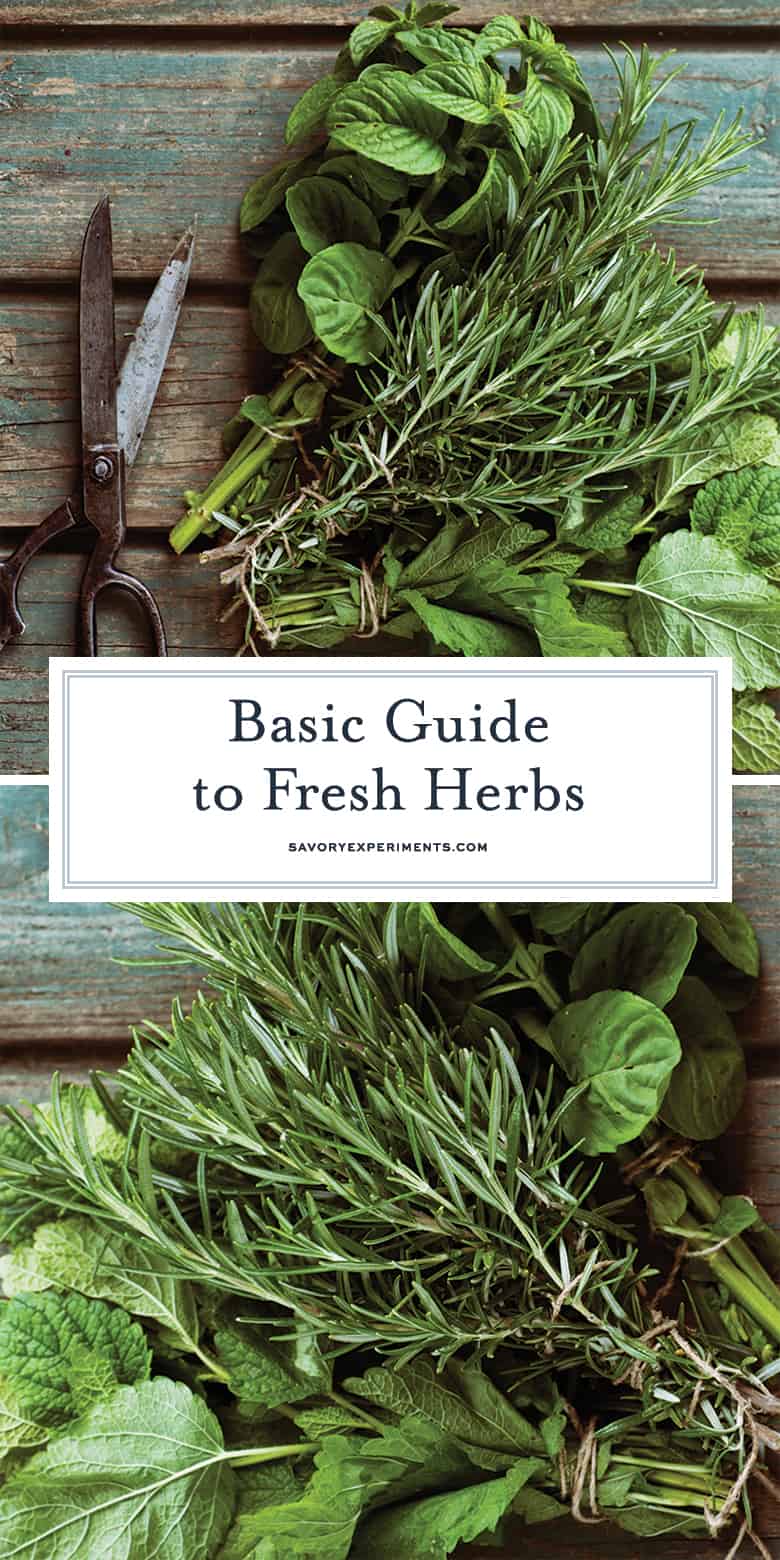
Questions you might have about how to use fresh herbs:
How do I store fresh herbs? Storing fresh herbs is a little like prepping fresh flowers.
Snip a small amount of the bottom stems for a fresh cut.
Using a paper towel, blot until all leaves are dry or wait to wash your herbs until you are about to cook with them.
Dampen a paper towel and wrap the ends tightly, place into an airtight plastic bag OR fill a glass with 1-2 inches of water and place the stem into the water. Loosely cover with a plastic bag or even leave at room temperture.
How long will stored herbs stay good? Most fresh herbs will stay fresh for up to 2 weeks when stored this way.
What is the substitution of fresh herbs for dried herbs? In general, 1 tablespoon of fresh herbs equals one teaspoon of dried herbs.
Know that dried spices expire. Next time you buy a spice, use a label maker and mark the lid with the date. Buy smaller containers to avoid having to throw out the excess. Ground spices last 6-8 months, while whole spices last closer to one year.
When in doubt, give it a whiff. If you can nothing, then the spice it probably bad. To get even more punch out of dried herbs, rub them together between your palms to reactivate the natural oils and bring some life back into them
Happy experimenting!
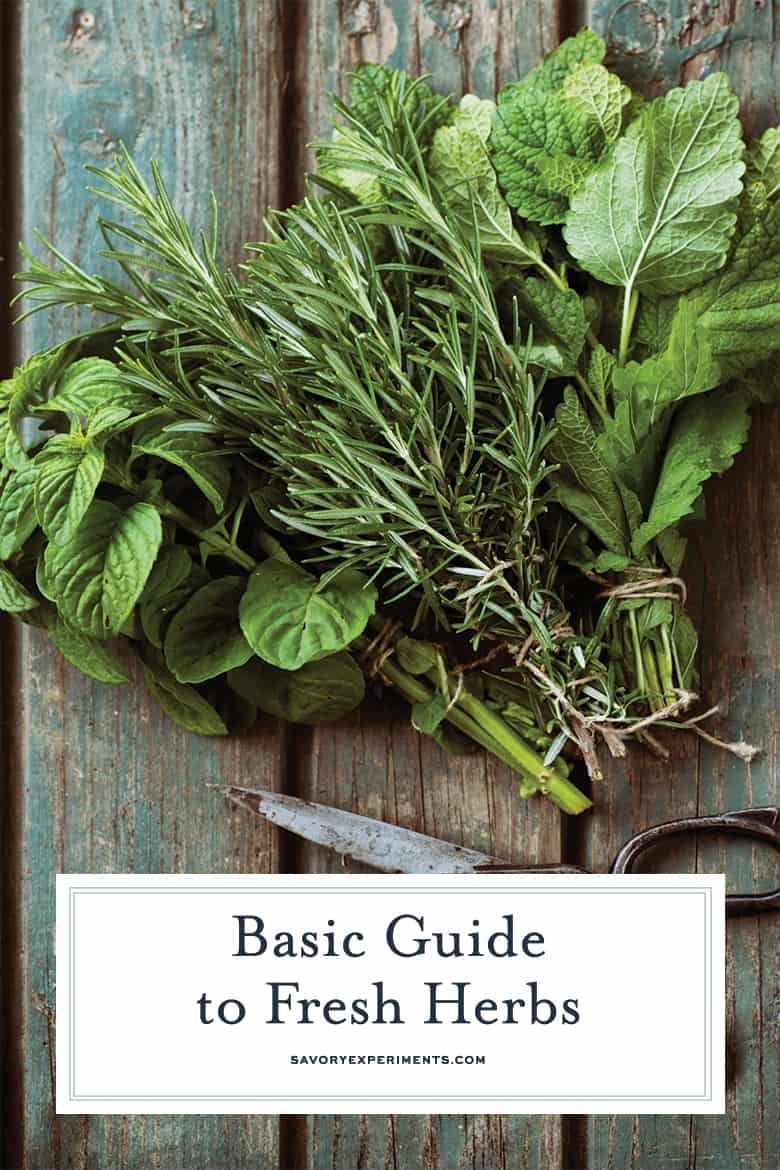
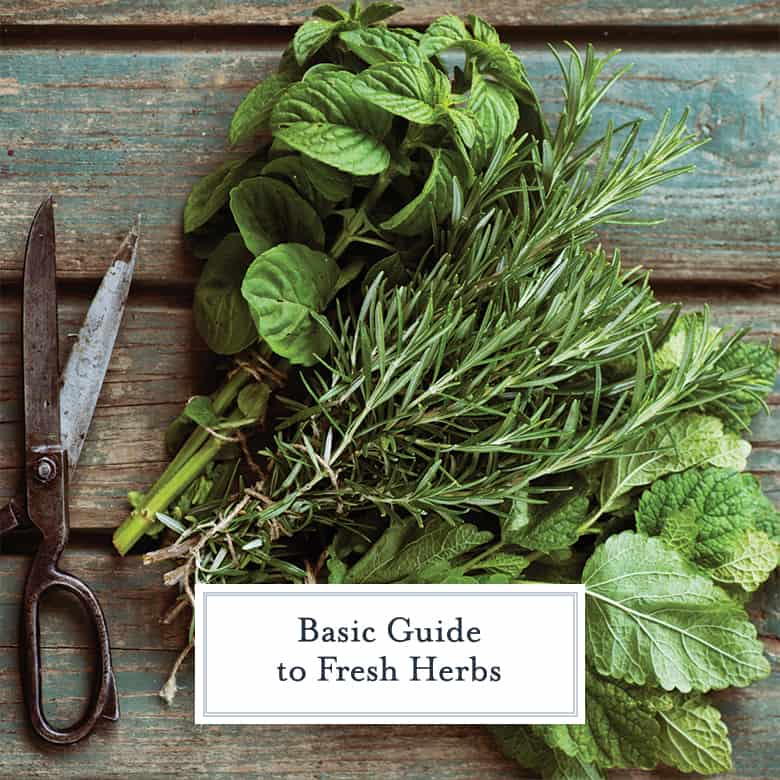
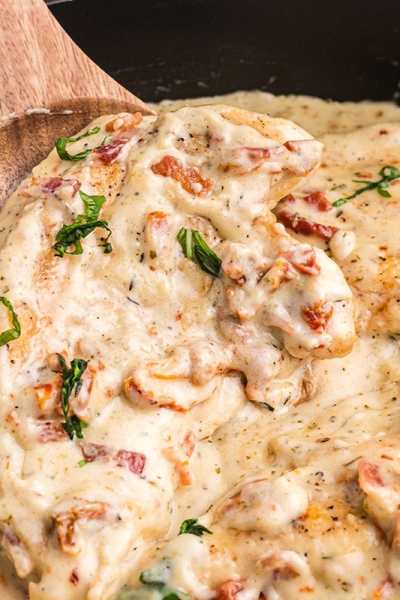
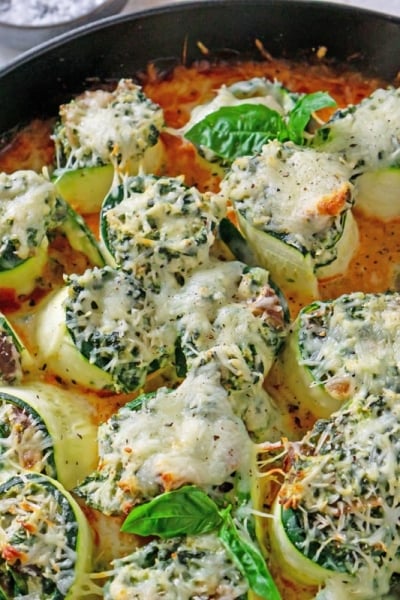
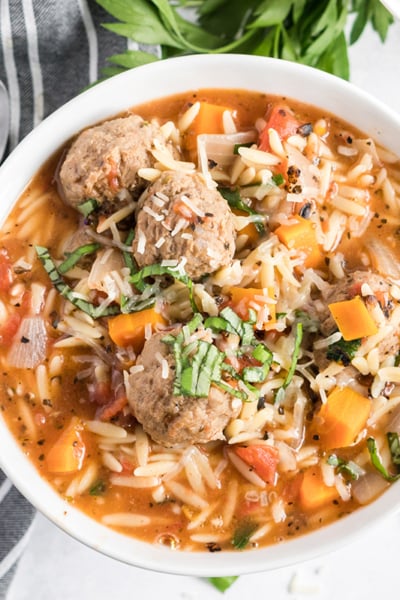
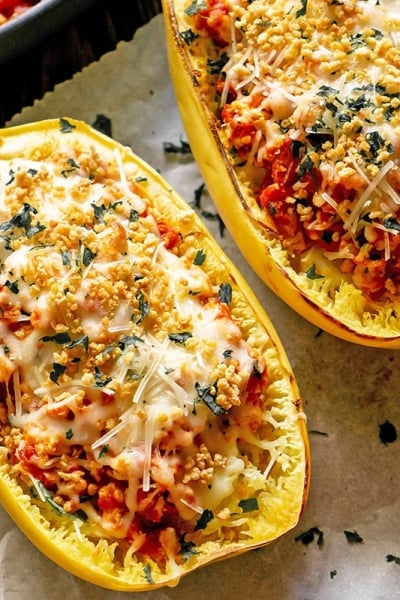
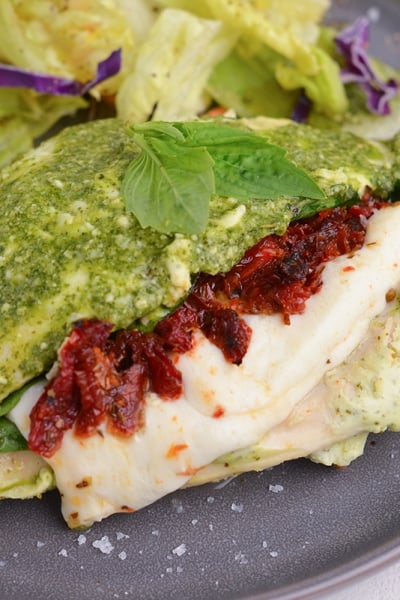
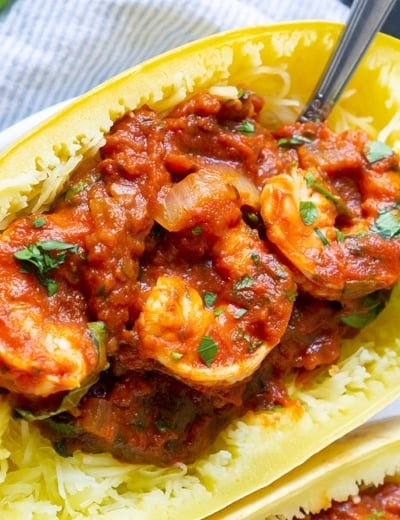
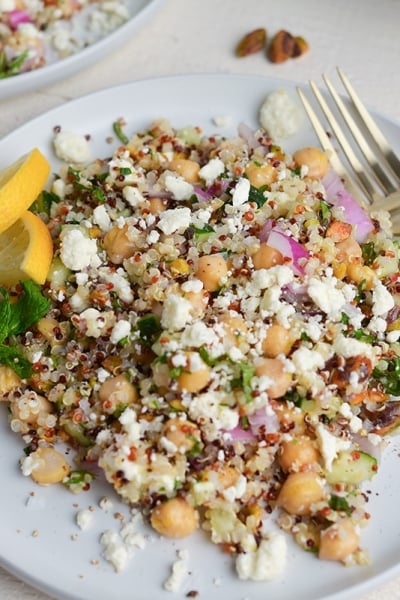
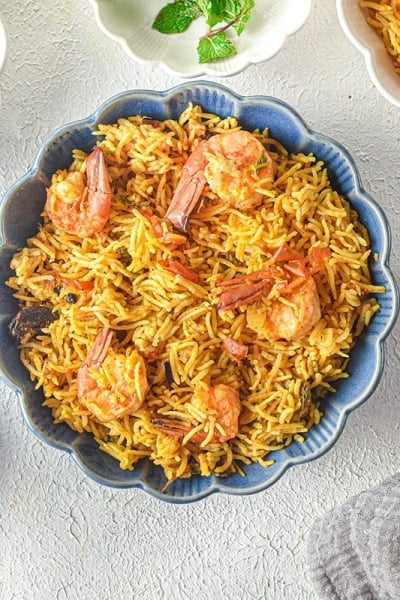
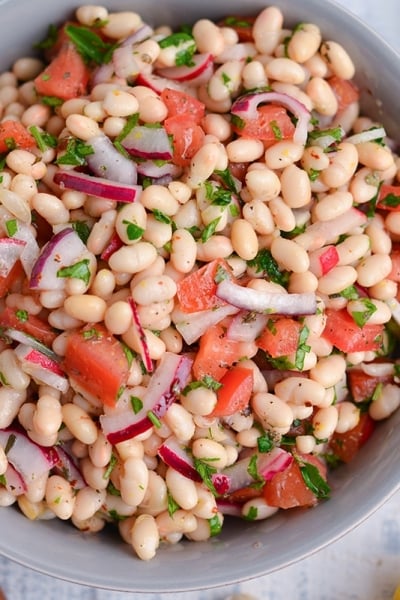
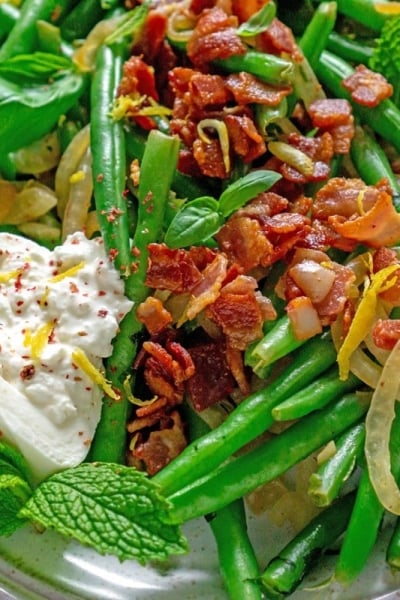
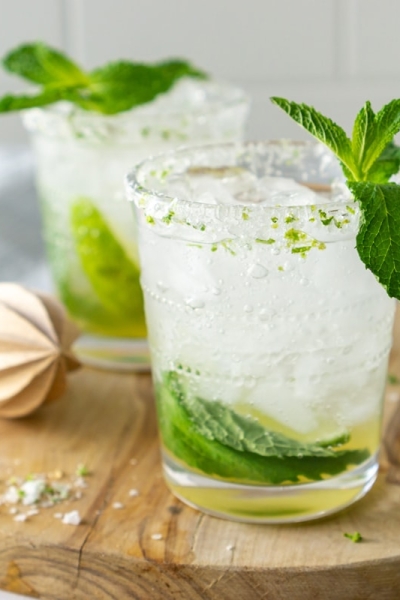
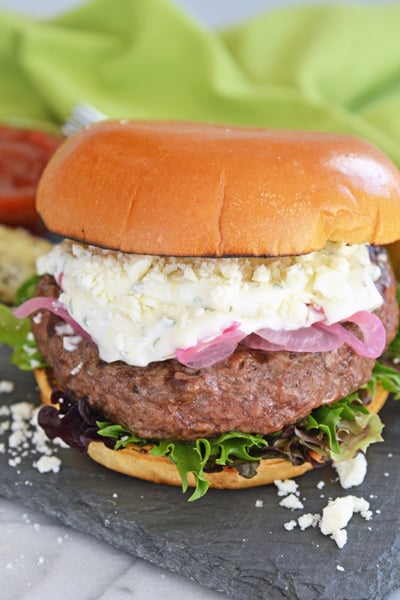
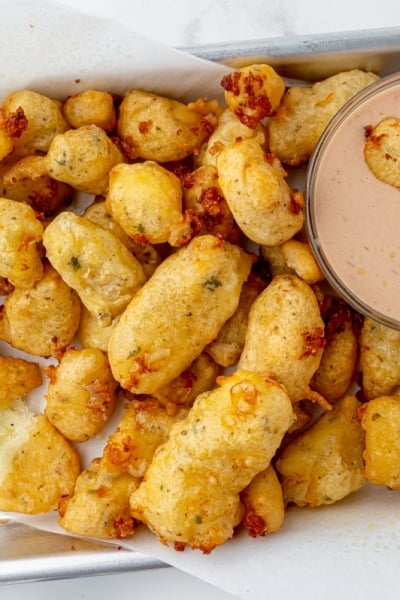
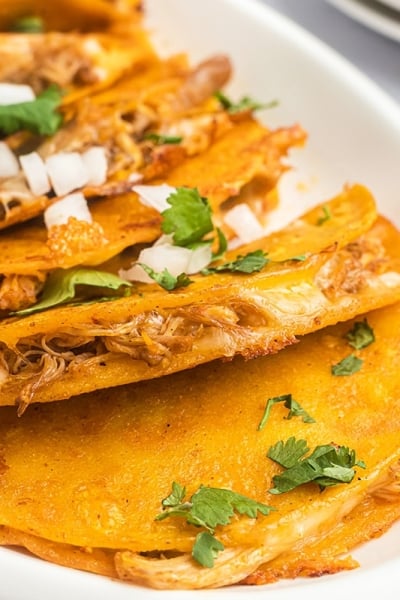
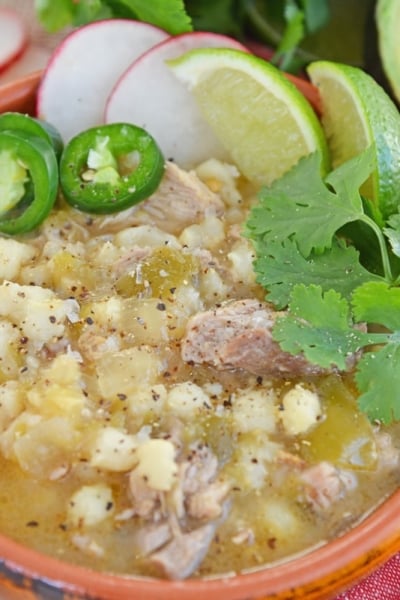
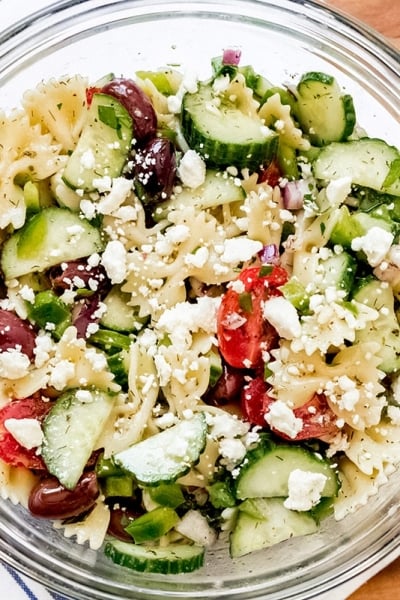
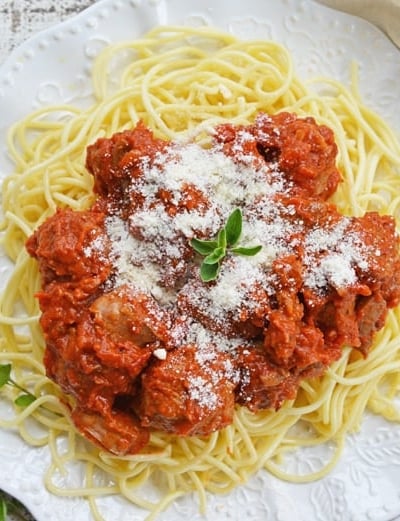
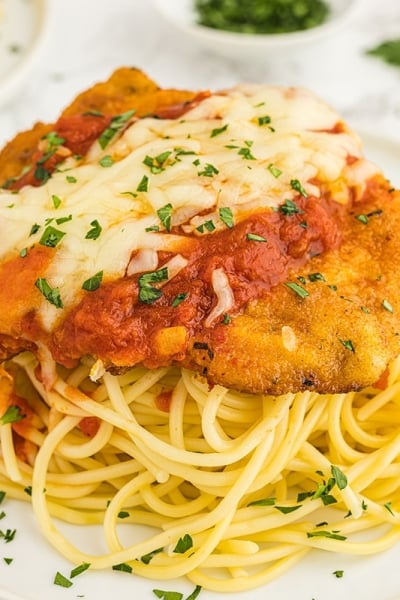
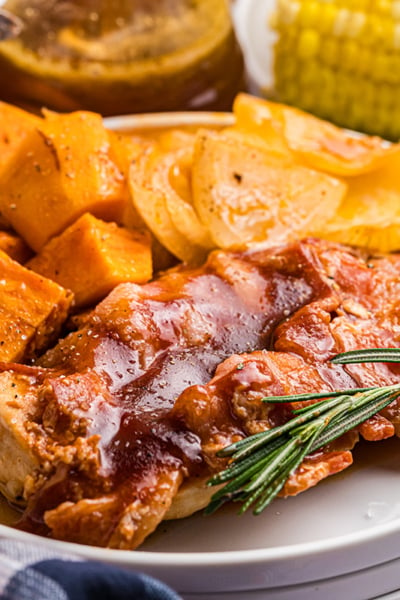
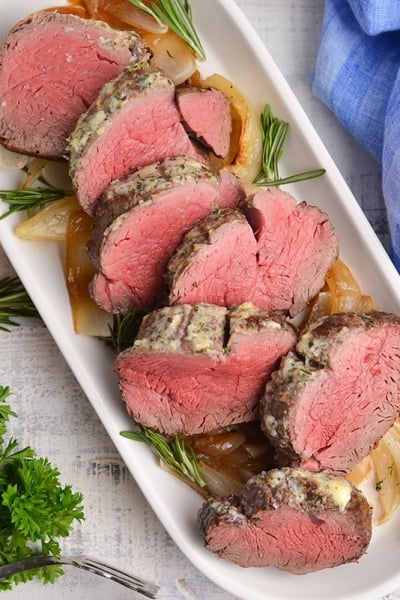
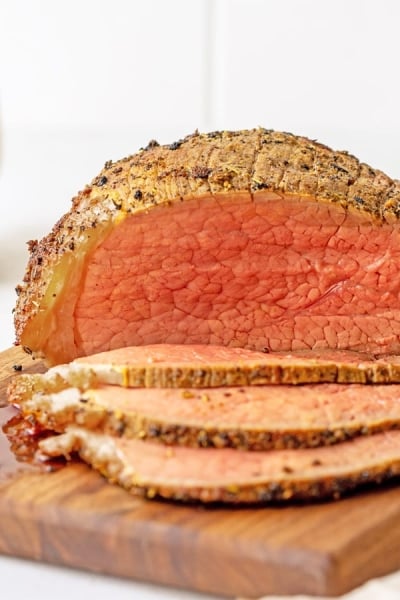
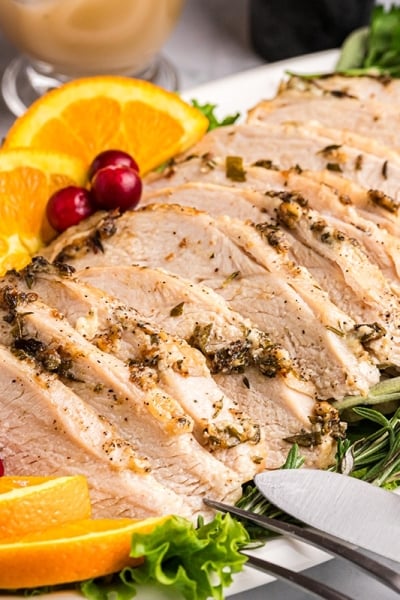
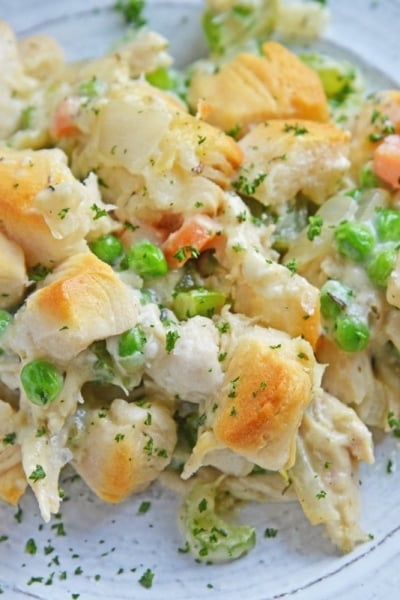
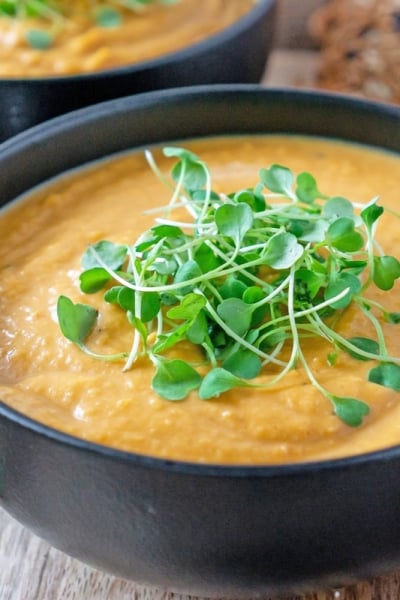
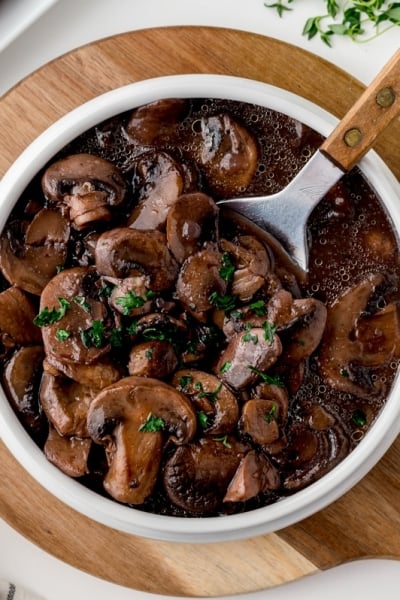
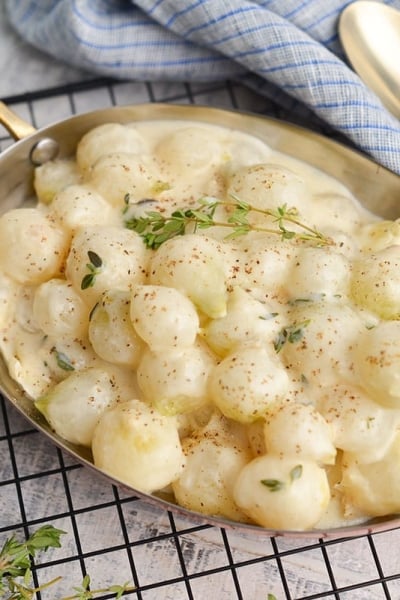
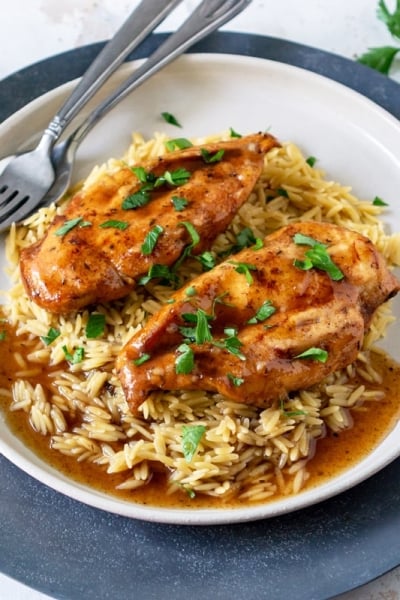
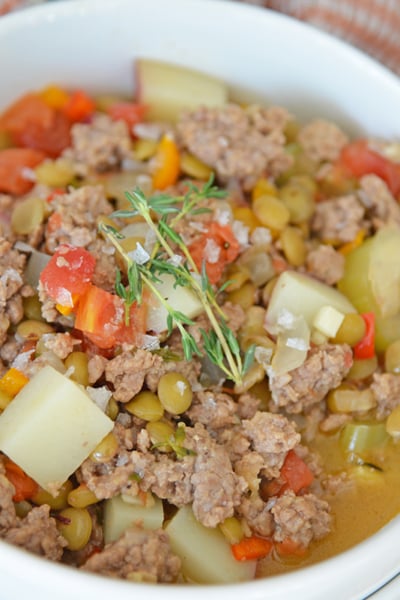
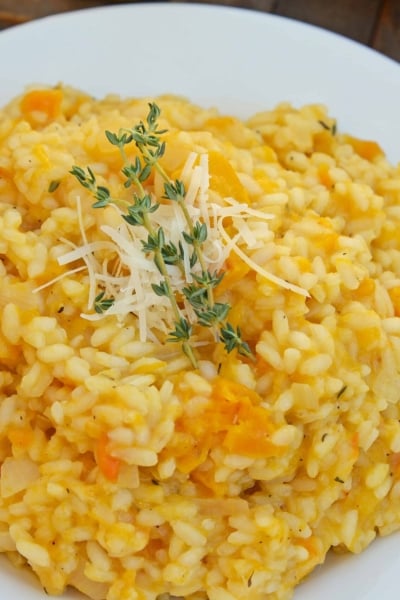
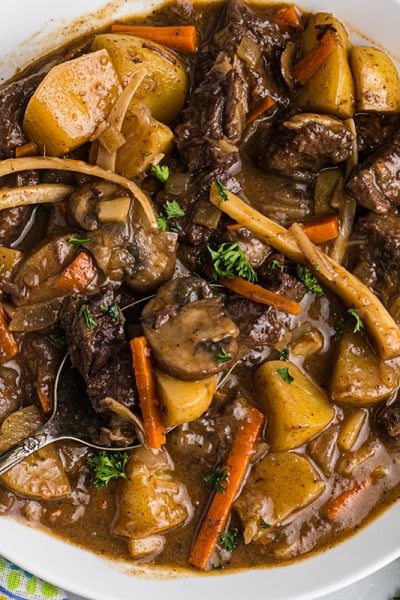
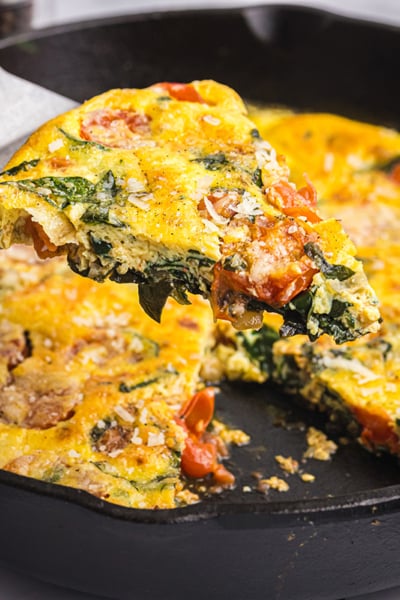
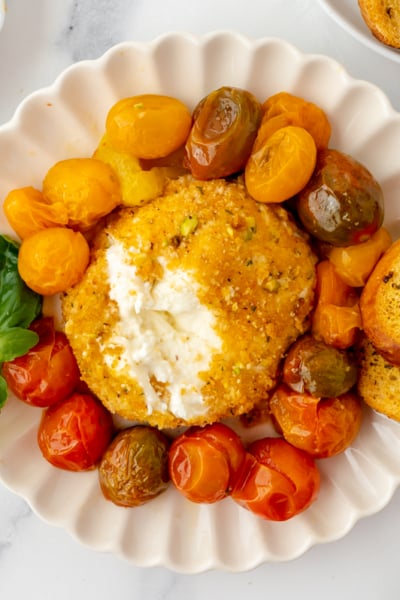
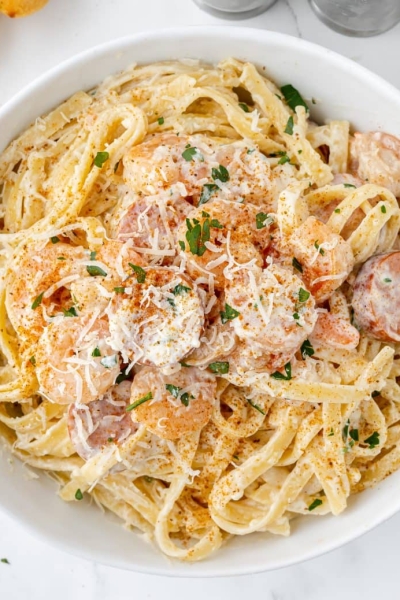
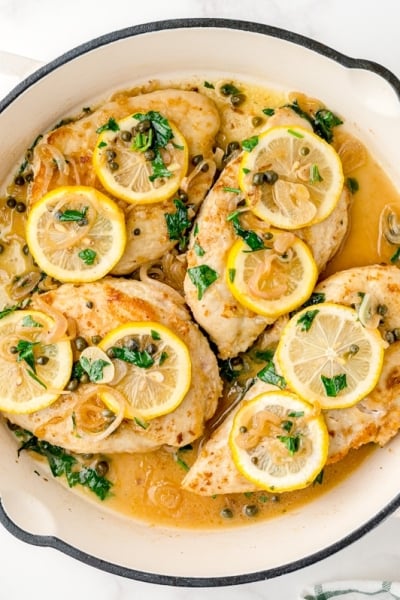
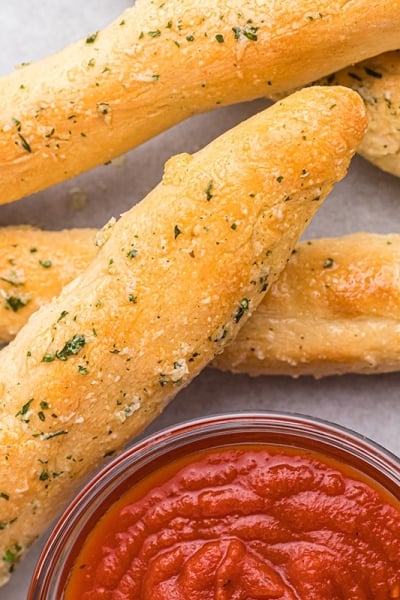
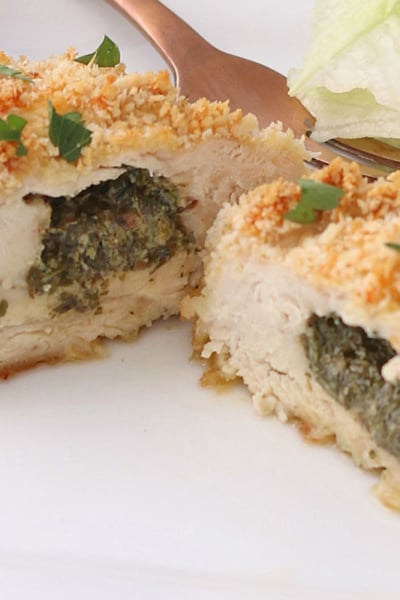
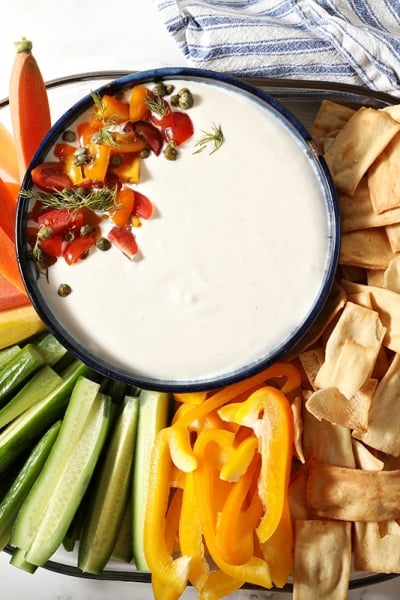
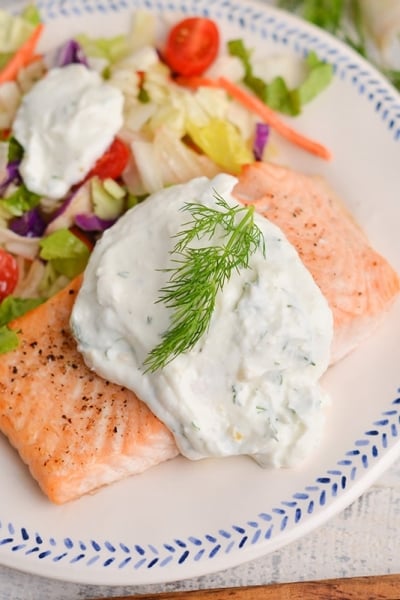
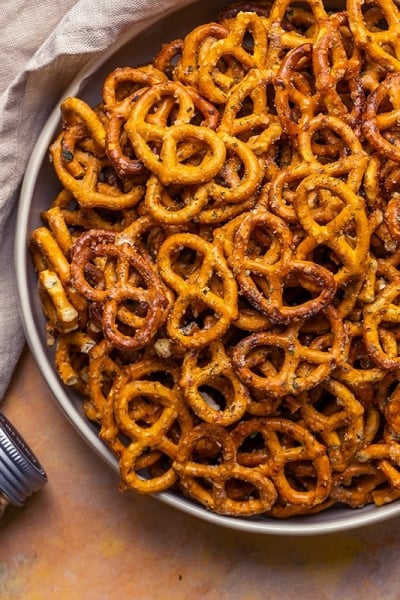
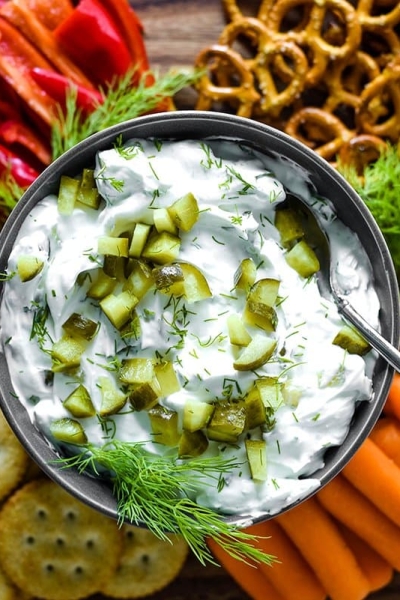
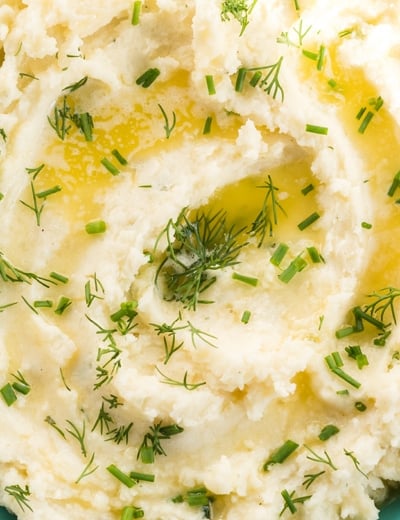
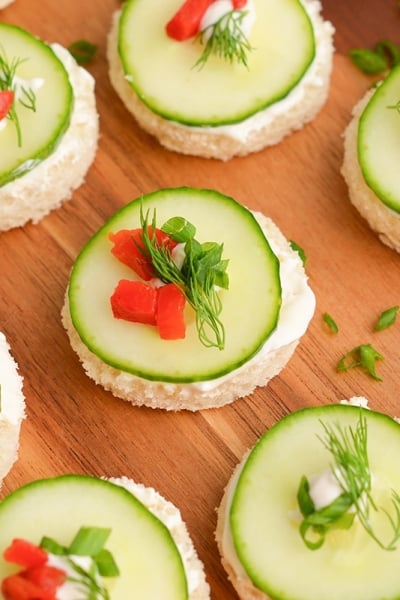
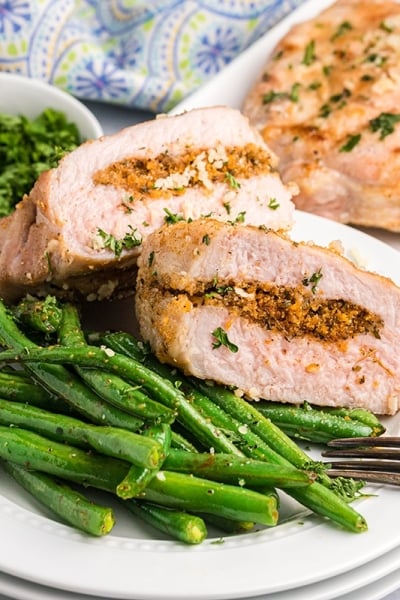
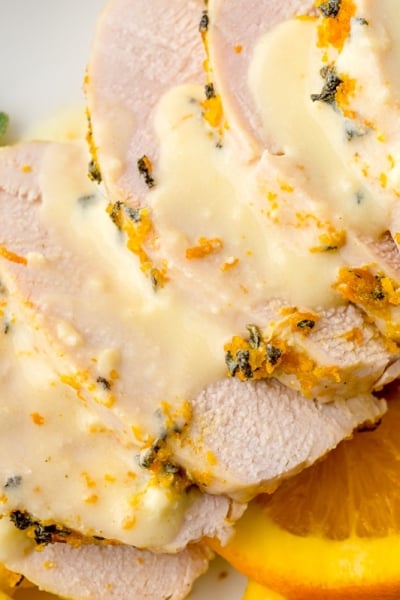
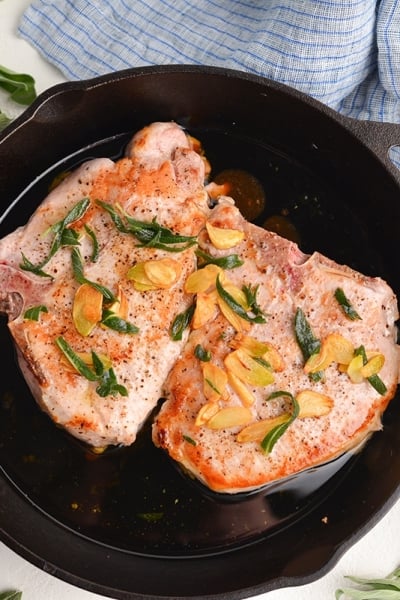
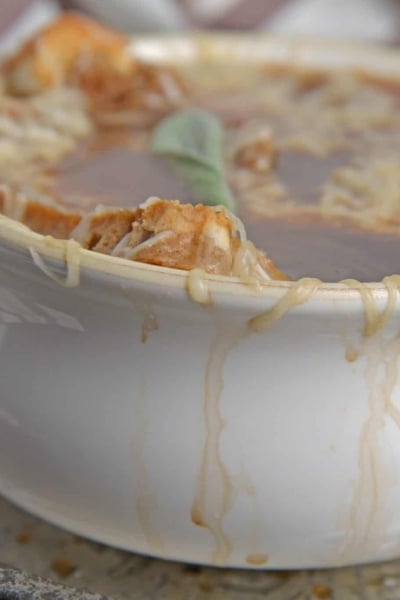
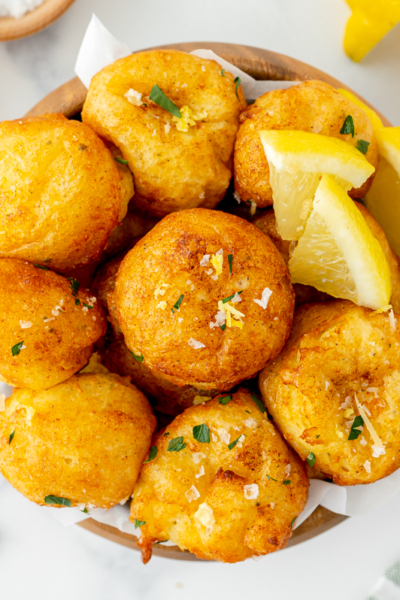
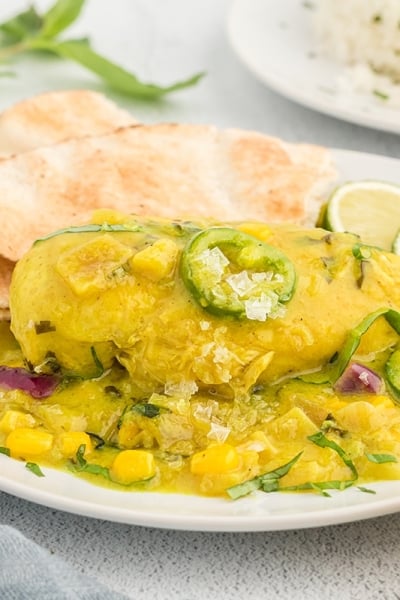

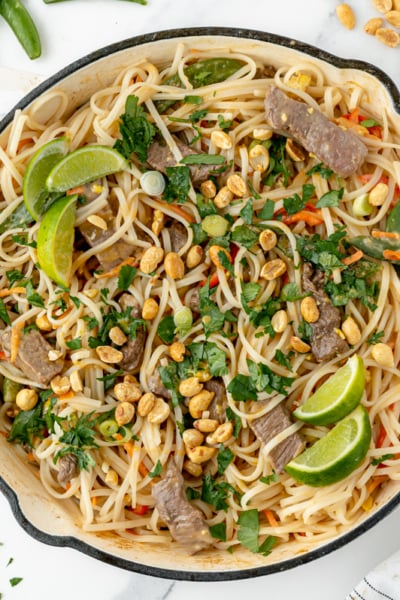
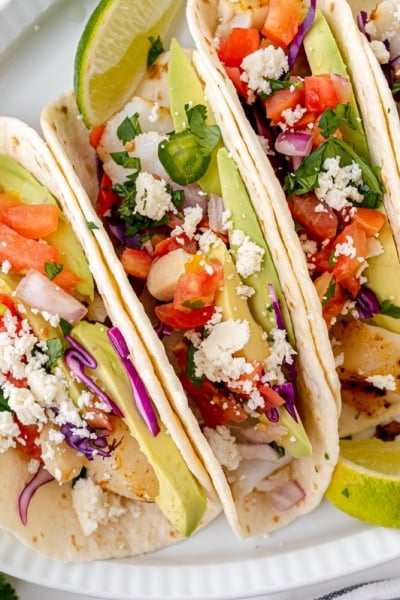

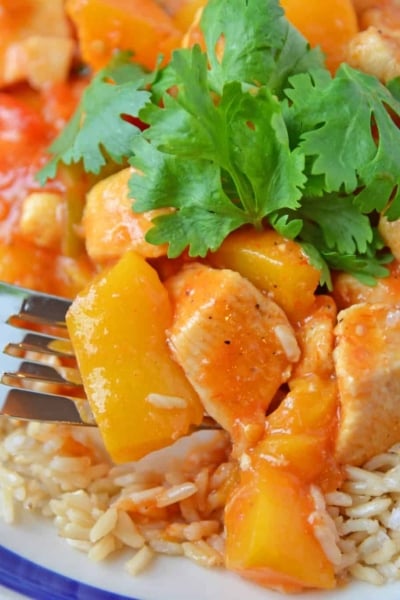

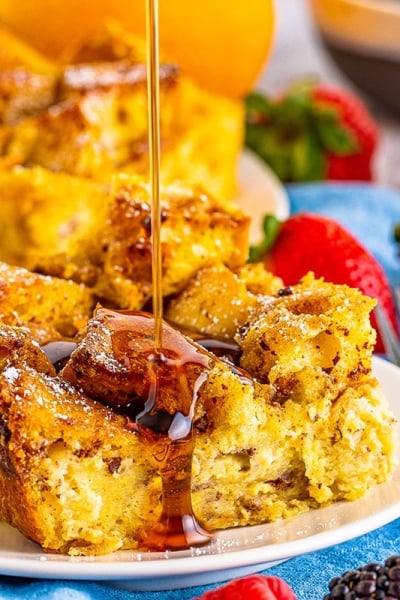
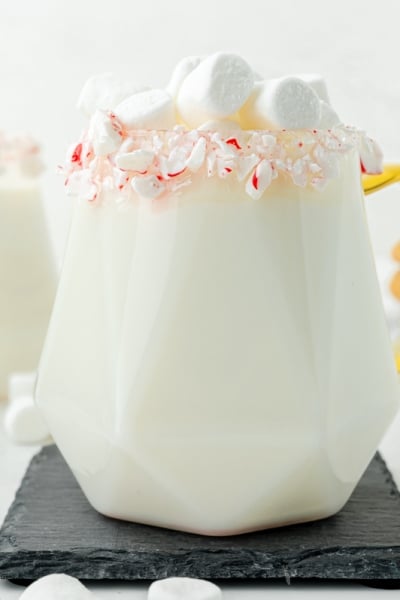

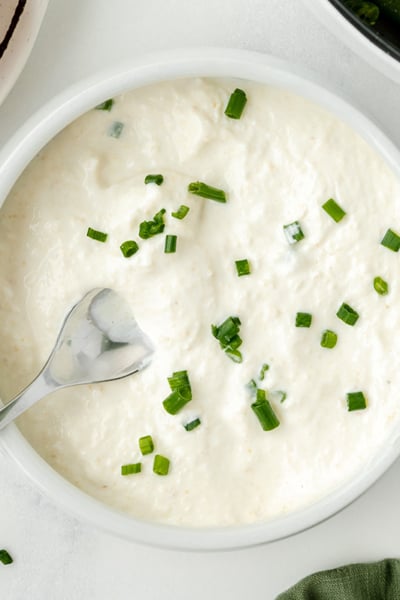












I always prefer to cook with fresh herbs and these are some great tips to make them last! Looking forward to giving some of these recipes a try too; they look worthy of a restaurant, indeed!
This is a fabulous resource on Fresh herbs and how to use them. I have bookmarked this page for future reference.
WHat a beautiful guide on fresh herbs. Thanks a lot for sharing this post.
What a brilliant resource, thank you. I always have so much mint in the garden and now I have lots of tips to use it. Thank you!
This such a fantastic resource! Fresh herbs are the cornerstone of tasty meals if you ask me. Love this.